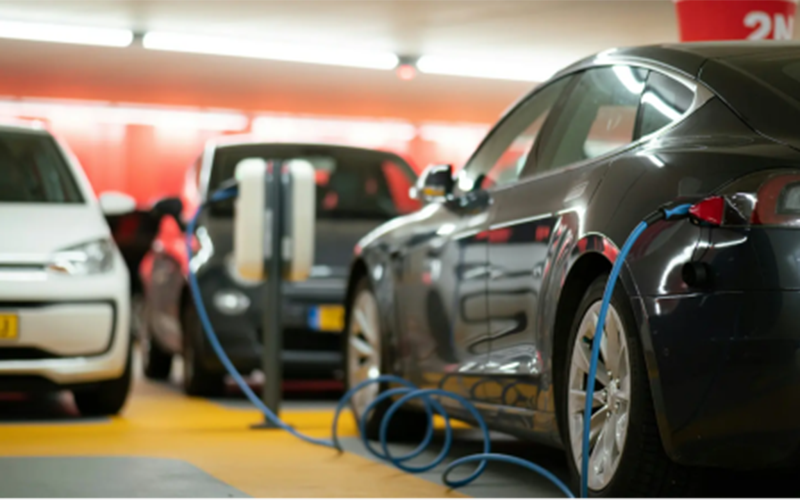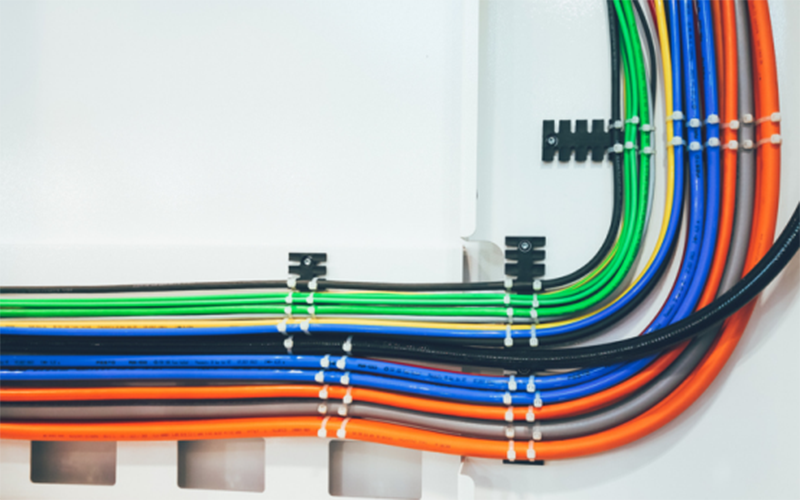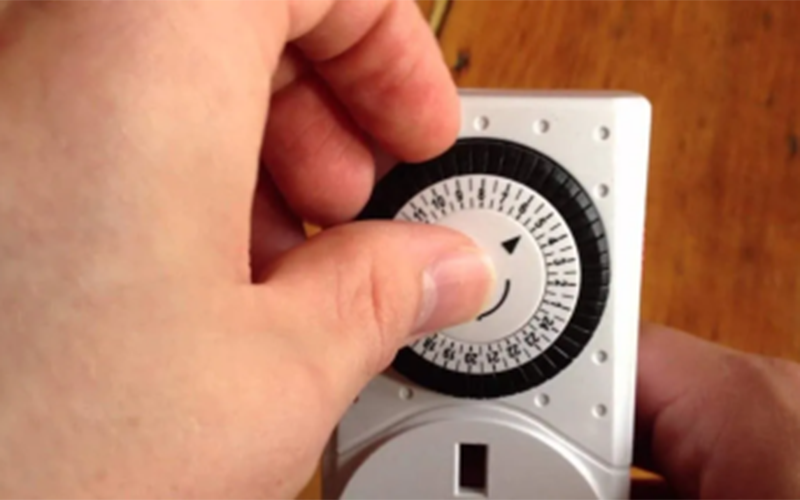As electric vehicle (EV) ownership continues to grow—now exceeding 1.7 million battery-powered cars—knowing how to charge your EV properly has become increasingly important. Understanding the different charging levels helps you choose the method for your daily needs.
Level 1: No installation required, but it's slow
Level 1 chargers connect directly to a standard 120V three-prong household outlet (NEMA 5-15), drawing roughly 12 amps or 1.5 kW—comparable to a small space heater. Since electric vehicles include a Level 1 charging cable, there are no installation costs or special wiring requirements. If an outlet is available near your parking spot, you can start charging immediately and simply pay for the electricity you use. The main limitation of this setup is charging speed. Often called a “trickle charger,” an L1 unit provides only a few miles of driving range per hour. While it’s a convenient and low-cost option, it’s suited for overnight charging or drivers with shorter daily commutes.
Level 2: Much faster, but you'll usually need an electrician
A Level 2 (L2) charger operates on a 240-volt electrical line, similar to the power used by large household appliances such as ovens or dryers. This higher voltage allows it to deliver energy significantly faster than a Level 1 charger, often cutting charging time by more than half. However, installing an L2 unit may require professional assistance. For roughly three out of four users, an electrician’s help is needed to modify the home’s electrical setup—this could involve installing new wiring, creating a dedicated circuit, adding a 240V outlet, or upgrading the breaker panel. While the installation is more involved, it provides a much quicker and more efficient charging solution for everyday EV use.
We have designed a series of EV charging guns, available in Level 1 and Level 2 versions.
Based on these two types, we have also added advanced features such as a smart display screen and mobile app control for adjusting charging current and scheduling charging time, meeting the diverse needs of our customers.



 English
English 中文简体
中文简体














 NO.565,South of Xihuan Rd,Yuyao City Zhejiang China.
NO.565,South of Xihuan Rd,Yuyao City Zhejiang China. 0086-574-62599999/62593088
0086-574-62599999/62593088 0086-574-62598888
0086-574-62598888 ryan.yu@nbwell.com
ryan.yu@nbwell.com

